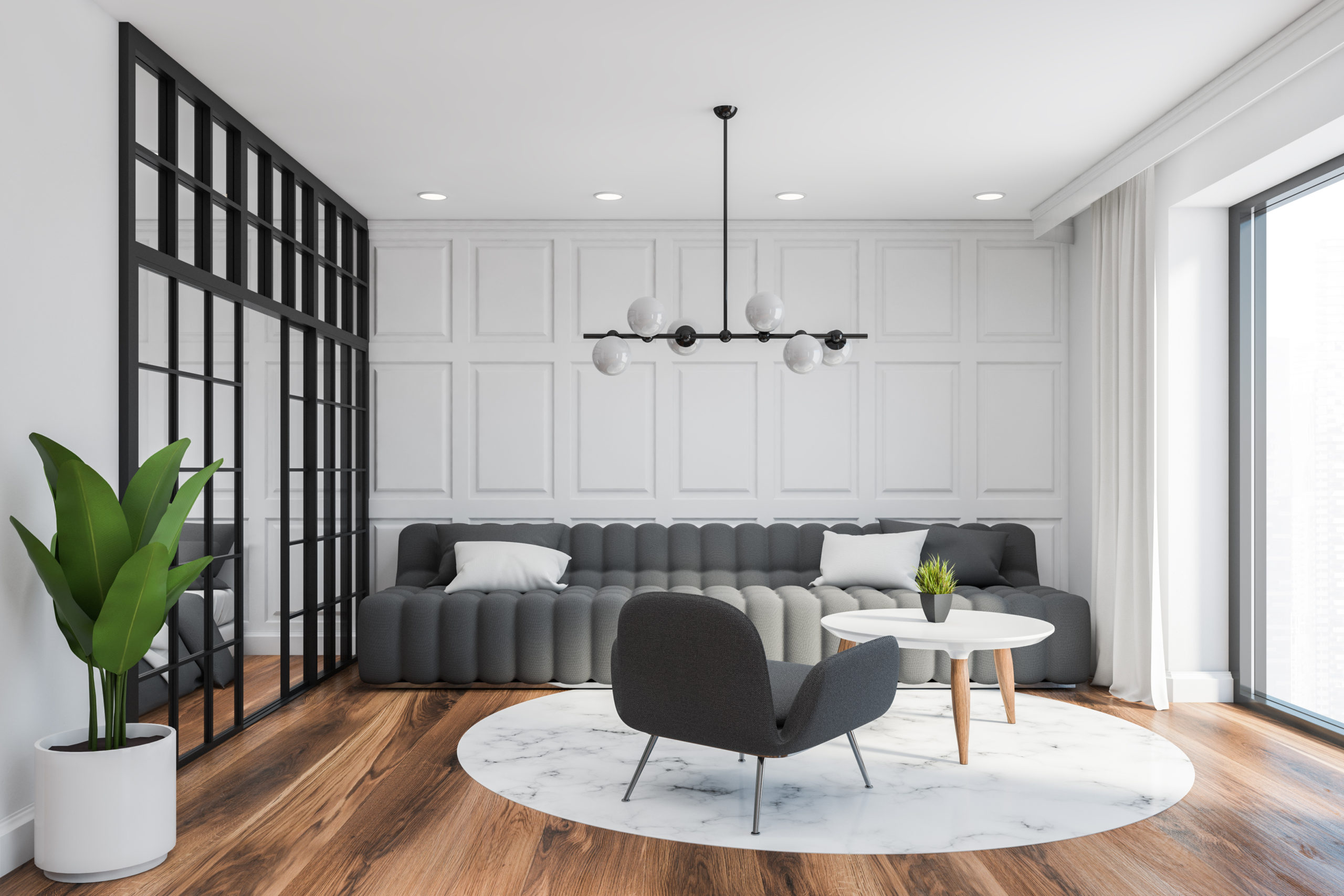(NC) When you buy a newly built condominium, you benefit from not one but two warranties – one for your own unit, and a second for shared areas. These warranties provide peace of mind, but it’s important that you know what’s covered and how you’re protected.
Overview of your coverage
The one-year warranty is comprehensive, covering general defects in work and materials, unauthorized substitutions of items and violations of the Ontario Building Code.?
The two-year warranty covers defects in plumbing, electrical and heating systems; water penetration through the foundation or other parts of your home; defects related to exterior cladding and Ontario Building Code violations that affect health and safety.?
Finally, the seven-year warranty provides coverage against major structural defects.?
Your unit’s warranty
Coverage on your unit starts on the day you take occupancy, and the key takeaway here is that you are in charge of it. If you need to make a claim, submit it directly to your builder.
You can also submit a warranty form to Tarion, the organization that administers Ontario’s new home warranty program, which can provide support if you run into difficulties with your builder. Registering for the MyHome online warranty management tool as soon as you get your keys is the easiest way to stay on top of things.
The common elements warranty
This covers areas located outside your unit, such as lobbies, elevators and fitness rooms. Unlike your unit warranty, this one is managed by your condominium corporation. So, if you notice an issue that is outside the boundaries of your unit, bring it to the attention of your property manager or condominium board. Their job is to work with the builder to get it resolved.
This process also applies for “exclusive use” areas – such as balconies, terraces or parking spaces – that are intended for your private use but which actually belong to the condominium corporation.
Understanding your boundaries
Having a hard time figuring out what belongs to your unit and what is a common element? If you’re unclear, refer to your disclosure statement or registered declaration and description. These are documents you should have received from your builder when you purchased your condo.

















